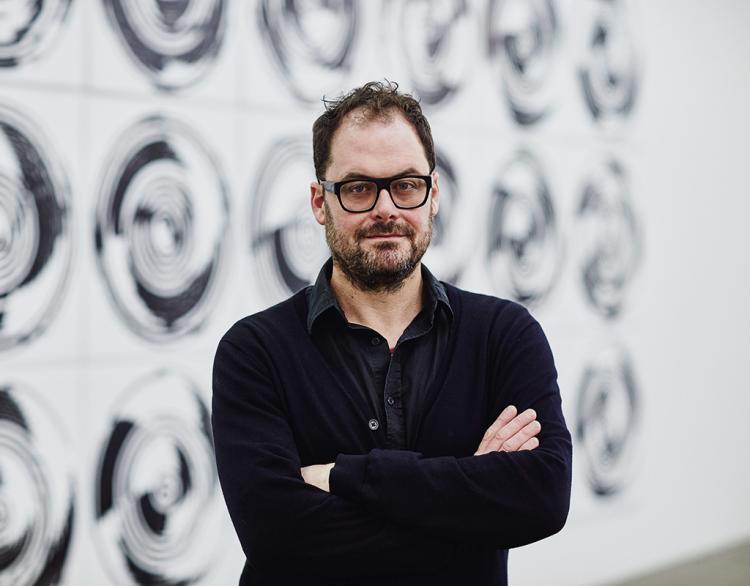Simon Ingram
40 min Presentation + 40 min Discussion
Moderator:
Michael Schwab
Olavshallen: Cinemateket
The project is an extension of the enquiry that has occupied the ecological working group I formed in 2019 with the conceptualisation of Soil Models (2020). At that time, Terrestrial Assemblages (TA) presented three computer models demonstrating soil biology with self-organising systems to produce a dandelion growing in concert with microbes, bacteria, fungi, oxygen, sunlight, and sap (City Gallery Wellington Te Whare Toi 2020–21). The project shifts from modelling plant biology for aesthetic and educative ends within the museum to developing tools for use in the field in active collaboration with Toa Taiao — an indigenous water-quality monitoring group in Taranaki, on the west coast of Aotearoa, New Zealand’s North Island. I was introduced to Toa Taiao’s mahi (work) at a hui (meeting) at Taranaki’s Govett-Brewster Art Gallery in February 2022, where I learned that many more Taranaki awa (rivers) exist than can be monitored in person. There are 286 main river catchments and 530 named rivers, and 7 Kaitiaki Rangers that comprise Toa Taiao. In this collaboration, artworks are conceived of as tools in the form of water-quality monitoring units, enabling a more significant number of awa in the rohe (region) to be observed.
Simon Ingram
Simon Ingram's work comprises of artistic research, teaching & supervision. Significant exhibitions include: Drunken Walk in New York (MoMA PS1, New York); Random Walk in Brussels (CCNOA Centre for Contemporary Non-objective Art, Brussels); En Plein Air (The Suburban, Chicago); Random Walk in Graz (Kunstverein Medienturm); Energy Transference (Frankfurter Kunstverein); Looking for the Waterhole: Radio Painting Station (ZKM Centre for Art and Media, Karlsruhe); Monadic Device (Sydney Contemporary); The Algorithmic Impulse (City Gallery Wellington Te Whare Toi).
